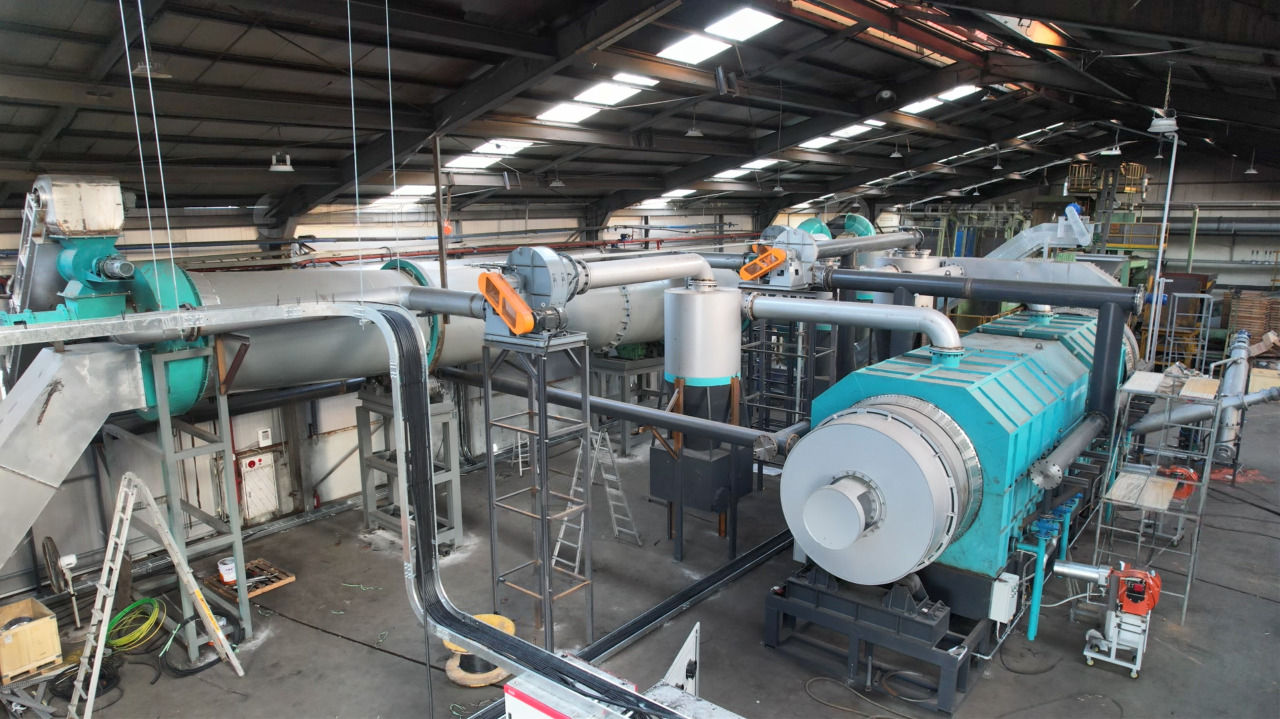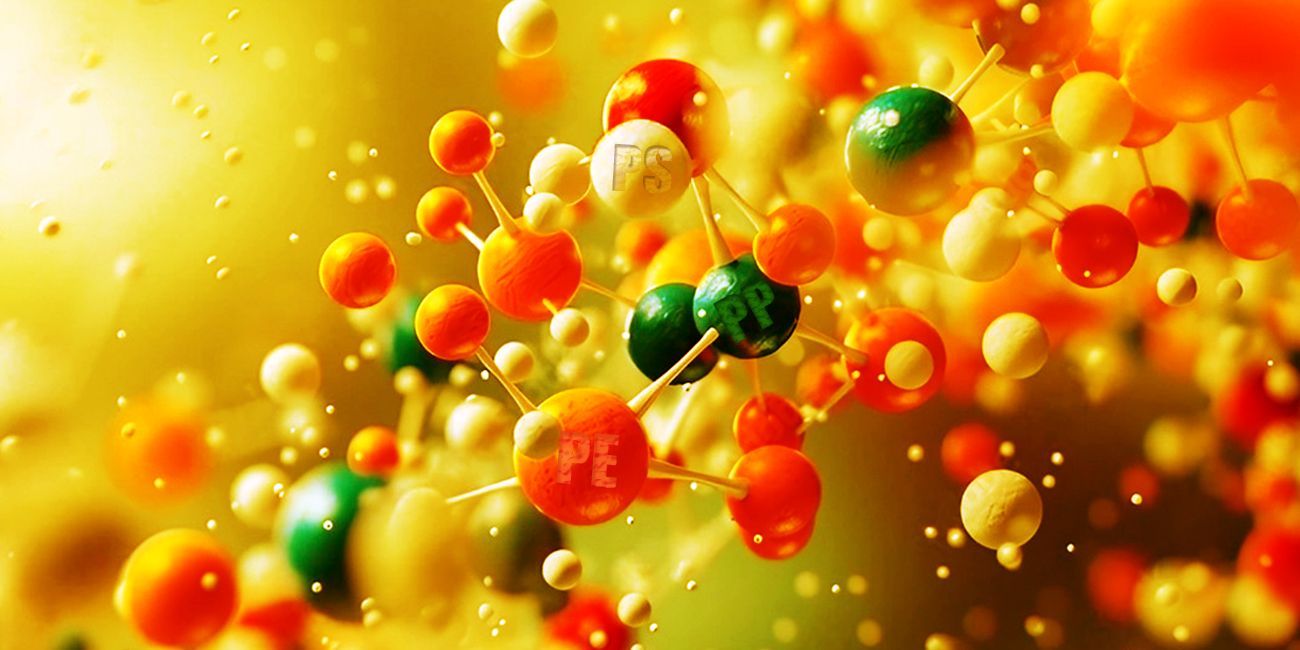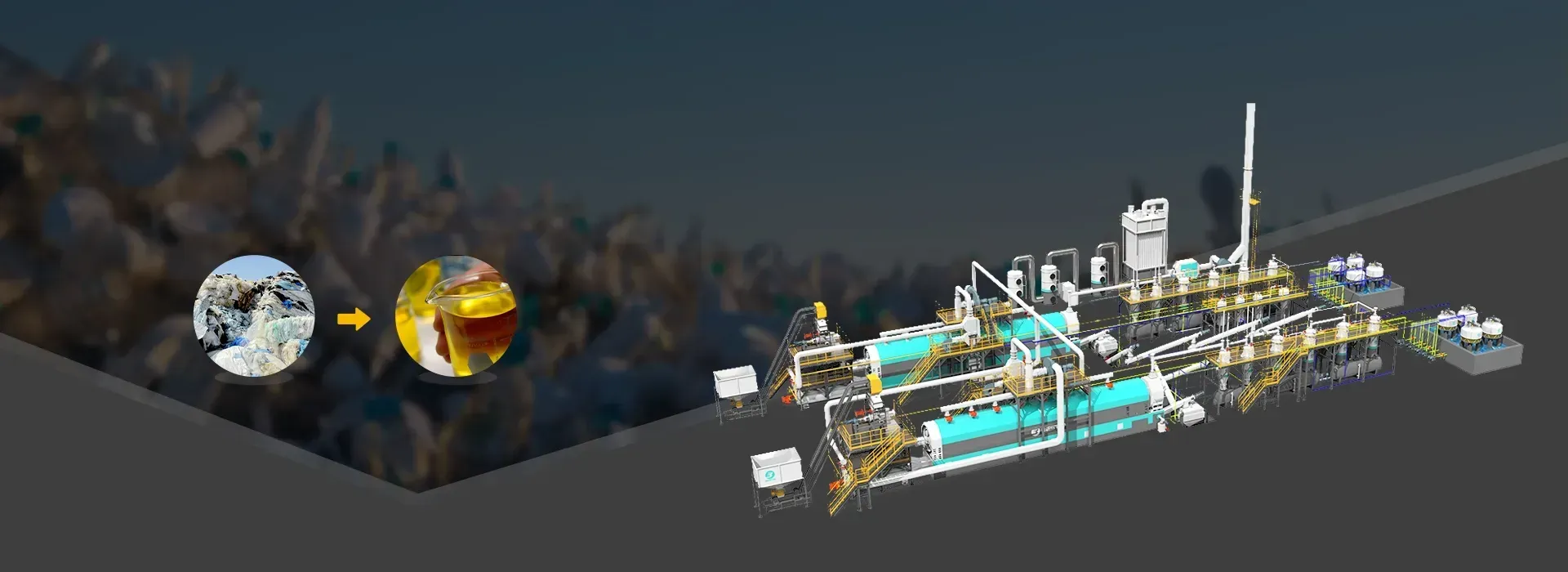A Comprehensive Guide to the Working Mechanism of Your Egg Tray Making Machine
The invention of the egg tray machine has revolutionized the manufacturing sector, offering an efficient and sustainable solution to recycle waste materials into valuable products.

The invention of the egg tray machine has revolutionized the manufacturing sector, offering an efficient and sustainable solution to recycle waste materials into valuable products. This innovative machine has become a symbol of eco-friendly production, aligning with global efforts to adopt sustainable practices. In this comprehensive guide, we will delve into the intricate working mechanism of an egg tray machine, understanding its various phases, from pulping to drying, molding, and packaging. Whether you are a seasoned operator or a newcomer to the industry, this guide will provide valuable insights into the egg tray production process.
Phase 1: Pulping
The first phase of the egg tray production process is pulping, where the transformation of two primary raw materials, water and waste paper, begins. This phase sets the foundation for the entire production cycle and plays a crucial role in determining the quality of the final product. Let's explore the key components and steps involved in the pulping phase:
1.1 Raw Material Preparation:
The process commences with the collection of waste paper, which can be sourced both locally and in bulk from recycling firms. Waste paper is a biodegradable material, and its disposal can contribute to environmental pollution. The availability of this raw material is abundant, making it an ideal choice for sustainable production.
1.2 Mixing:
In this step, the collected waste paper is mixed with water to create a consistent pulp mixture. Achieving the right consistency is essential to ensure the quality of the end product. It is imperative that the operator carefully measures and adds the correct proportions of water and waste paper to avoid deviations in the mixture's thickness. Failure to do so can compromise the final quality of the egg trays.
1.3 Pigmentation and Additives:
To meet specific client requirements or enhance the appearance of the egg trays, pigmentation and additives can be introduced into the pulp mixture. These additives play a vital role in ensuring the longevity and durability of the final product.
1.4 Pulp Beating:
The pulping process involves the use of a pulp beater, which serves to thoroughly mix the components while eliminating any lumps. This step is essential for achieving a homogeneous pulp mixture.
Phase 2: Molding
The second phase of the egg tray production process focuses on molding the pulp mixture into the desired shapes, such as egg trays, shoe inserts, or fruit trays. Let's explore the key steps involved in the molding phase:
2.1 Mold Selection:
The egg tray machine employs various types of molds to create a wide range of products. Common products include egg trays, shoe inserts, and fruit trays. The selection of the appropriate mold depends on the desired product.
2.2 Pulp Distribution:
The pulp mixture is transported to the forming molds through pipes. It is crucial to ensure even distribution of the mixture within the molds to achieve consistent product quality.
2.3 Vacuuming:
To eliminate excess water and air from the pulp mixture, a vacuum pump is used during the molding process. This step aids in defining the shape of the egg trays and enhances overall efficiency.
Phase 3: Drying
The third phase of the egg tray production process focuses on drying the molded products to eliminate moisture content effectively. Drying is essential to ensure the durability and quality of the final egg trays. Let's explore the different drying methods employed in this phase:
3.1 Metal Drying:
Metal drying is an efficient method that utilizes metal drying racks or conveyor systems to facilitate the drying process. It is particularly useful in areas with limited outdoor drying space.
Phase 4: Packaging
The final phase of egg tray production involves the packaging and transportation of the dried products. Before packaging, the molded egg trays undergo a hot pressing process to eliminate any remaining air space and further define their shape. Once this step is completed, the egg trays are ready for packaging and delivery to clients or retailers.
Conclusion
Understanding the working mechanism of your egg tray machine is essential for optimizing production and delivering high-quality products. The egg tray production process comprises distinct phases, including pulping, molding, drying, and packaging. Each phase plays a critical role in ensuring the efficiency and sustainability of egg tray production. By adhering to best practices and maintaining meticulous attention to detail, operators can harness the full potential of their egg tray machine and contribute to a greener and more sustainable future.



